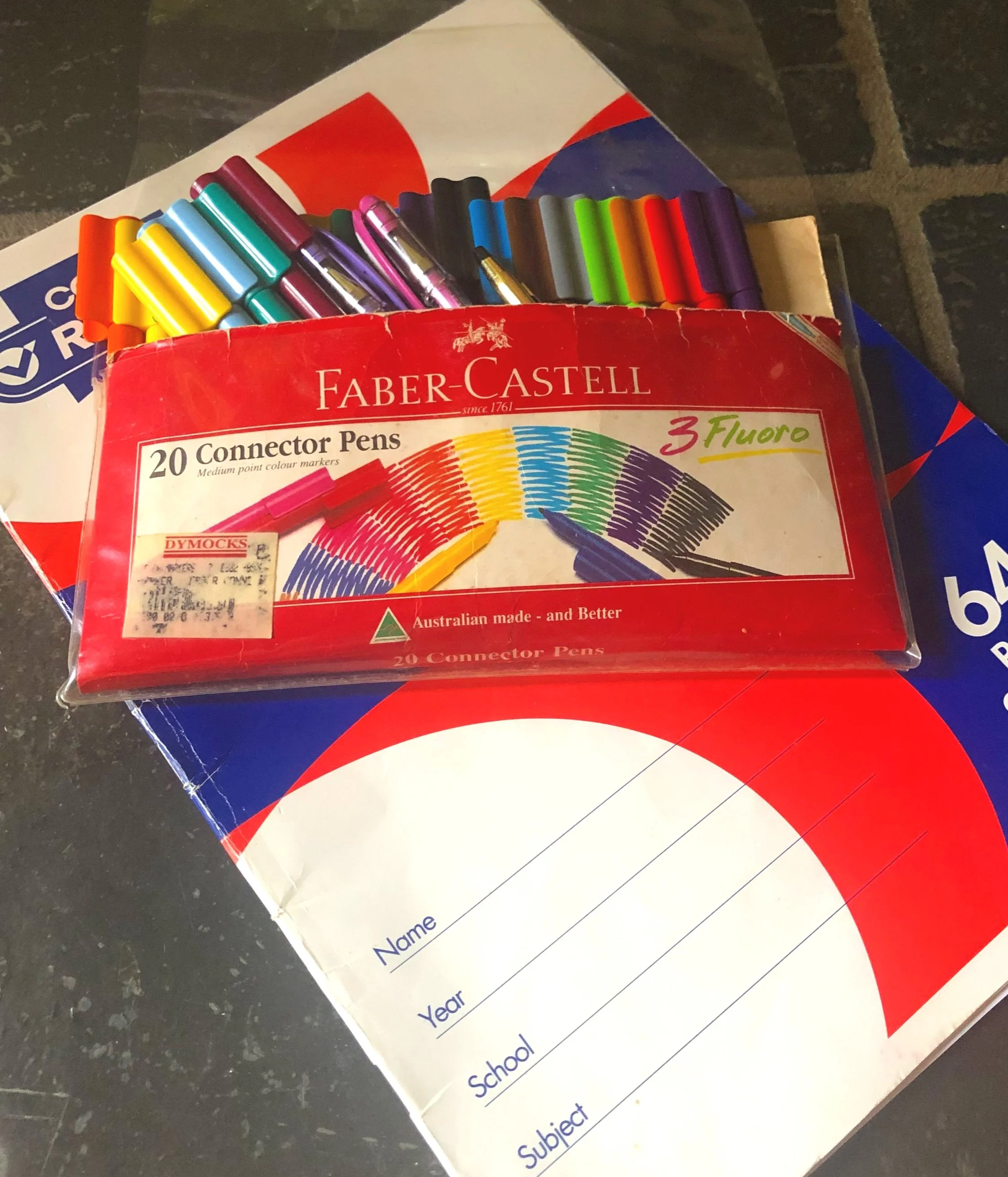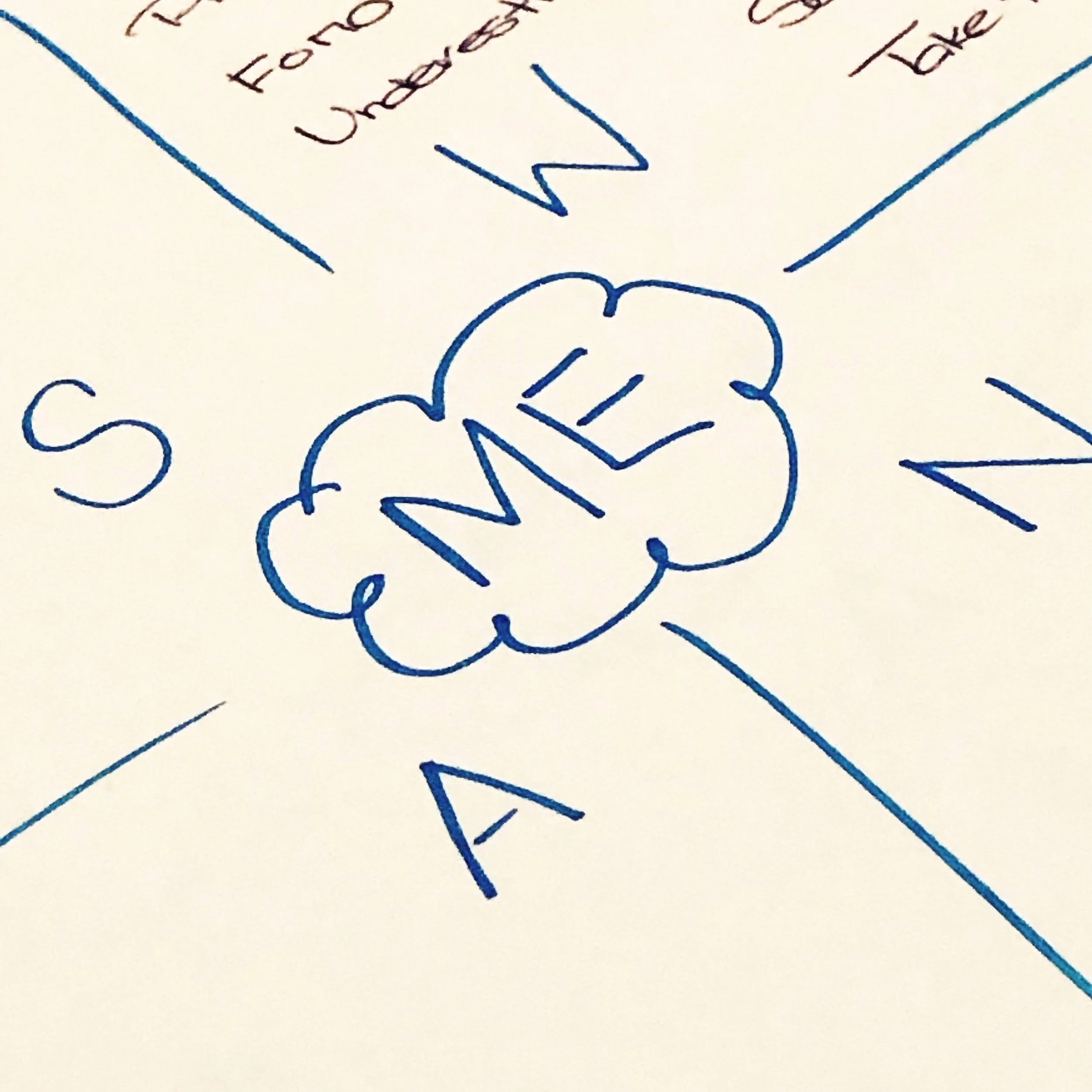SWAN - A Practice of Self-Enquiry
Do you make New Year resolutions? Maybe you choose a guiding word or have a sankalpa, a ‘heart-felt desire’ that shapes your actions.
Last year I decided not to make any New Year resolutions or select a guiding word. I resisted all the messages about “New Year, New You”, even though that niggling inner voice kept telling me there were things I needed to change and do. The plans I had for 2020 were ‘crushed’ so why make new plans for 2021 when there was still so much uncertainty?
The pandemic and lockdowns of the last two years created much anxiety and I found myself reacting and making decisions to every public health bulletin. I ended 2021 feeling burnt out and directionless. So, I felt I needed some direction this year to help me focus and re-establish a sense of stability.
And a key tool I employed was the SWAN technique, a method of self-enquiry. I’ve only used this technique a couple of times before and not very successfully. Maybe that was because the conditions under which I was practicing at the time—the first as a homework assignment for my teacher training, the second when I was particularly stressed and scribbled a quick SWAN matrix in my journal—weren’t conducive to deep self-enquiry.
What is SWAN?
SWAN is an acronym for Strengths, Weaknesses, Ambitions and Needs.
A SWAN analysis can be performed at times where you feel you need clarity around some aspect in your life, a decision or problem; or it can be practised regularly as a way to reflect on aspects of your daily life.
There is no set order in which to contemplate each of the components—it’s what works for you at the time and can change depending on what you’re focusing on, that is, the area around which you require clarity.
How to do a SWAN analysis
Before you begin, ensure that you have the time and materials you need for the analysis. You’ll need time to relax, meditate on each component, and then mentally reflect and consider the direction or actions you wish to take. For my New Year practice, I cleared a Sunday afternoon and pulled out a big scrap book and coloured markers.
Setting up the SWAN analysis
Take time to settle yourself.
Do some deep breathing or a short meditation to relax yourself and calm your mind.
Determine the area of focus for your SWAN analysis.
It might be an aspect of your life (for example, your personal growth, a relationship) or a decision or problem you’re mulling over.
For example, I spent time reflecting on 2021: my achievements both personally and professionally, how I felt about myself and LaiLin Yoga, what was important to me, and what made me feel good. I came up with two very broad areas that I wanted to focus on—“Me” and “LaiLin Yoga”—and I applied the SWAN technique to each of these areas.
List your ambitions or your desires and wants for the area of focus.
Consider not only physical ambitions but mental, emotional and spiritual ambitions.
Feel free to express whatever you desire; don’t be concerned whether it is realistic or currently achievable. In a ‘perfect’ world, what do you wish for this area of focus.
List your needs, what you require to achieve your ambitions, and reflect on your needs.
You might find that some ambitions need to be eliminated at this time because they’re unrealistic or not achievable. And some needs might not be essential or actually something you desire, that is, an ambition.
An example for someone who wants to start a yoga practice is that they need the ‘right’ clothes. They might want new clothes but that’s not essential for starting a practice, whereas a health check with a specialist would be essential.
Consider your strengths and weaknesses.
What strengths do you have to meet or support your needs?
These are the abilities and qualities that you recognise you currently have or might be able to tap into, or qualities that people have commented on in the past. I found reflecting on my achievements and past experiences helpful in determining both strengths and weaknesses.
Examples are physical health, courage, a support network.
What limitations, qualities or obstacles would prevent you from meeting your needs and ambitions?
Practise ahimsa (non-violence) and satya (truth) towards yourself. Don’t let your inner critic take over; be kind but realistic and truthful.
What strategies can you put in place to overcome the weaknesses?
Do you have strengths that can help balance your weaknesses? Are there additional needs you need to consider?
Reflect on your SWAN, make adjustments as you see fit, and determine if there are any strategies, goals or decisions that come to light.
Try starting with your needs and determine what steps you might take to meet those needs.
Consider how your strengths and weaknesses might affect those tasks.
Returning to the example of a person establishing a regular yoga practice, their need might be “set time aside to practice” and a weakness is “find it hard to get motivated”. Their strategy might pay for a term of classes or find a friend to practise with.
Important: A SWAN analysis does not result in an answer or solution; it's a tool for clarifying your thoughts around an area of focus to guide you towards a solution.
My experience this time
I found the SWAN analysis very useful for my New Year practice and I believe that’s because I had ample time to reflect and didn’t put pressure on myself to reach a result.
Reflecting on my personal needs, I discovered they could be summed up in one phrase: “Self care”, and made those my guiding words for 2022. I still have some work to do on determining how I’m going to implement this idea throughout the year but at least I now have something on which to base my decisions.
On a professional level, I realised I’d been too ambitious and was trying to do too much last year. The SWAN analysis helped me clarify what was the most important thing I wanted to achieve professionally, and provide me with some direction on what I want to offer through LaiLin Yoga.
If you’re looking for clarity around a situation, try the SWAN practice.
More information
SWAN – A Meditation and a Principle, Sw. Anandakumar Saraswati
The SWAN Meditation - A Technique to Master the Mind, Guatama Singh
How to Create A Sankalpa, Kelly McGonigal


